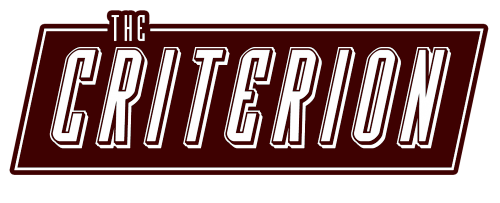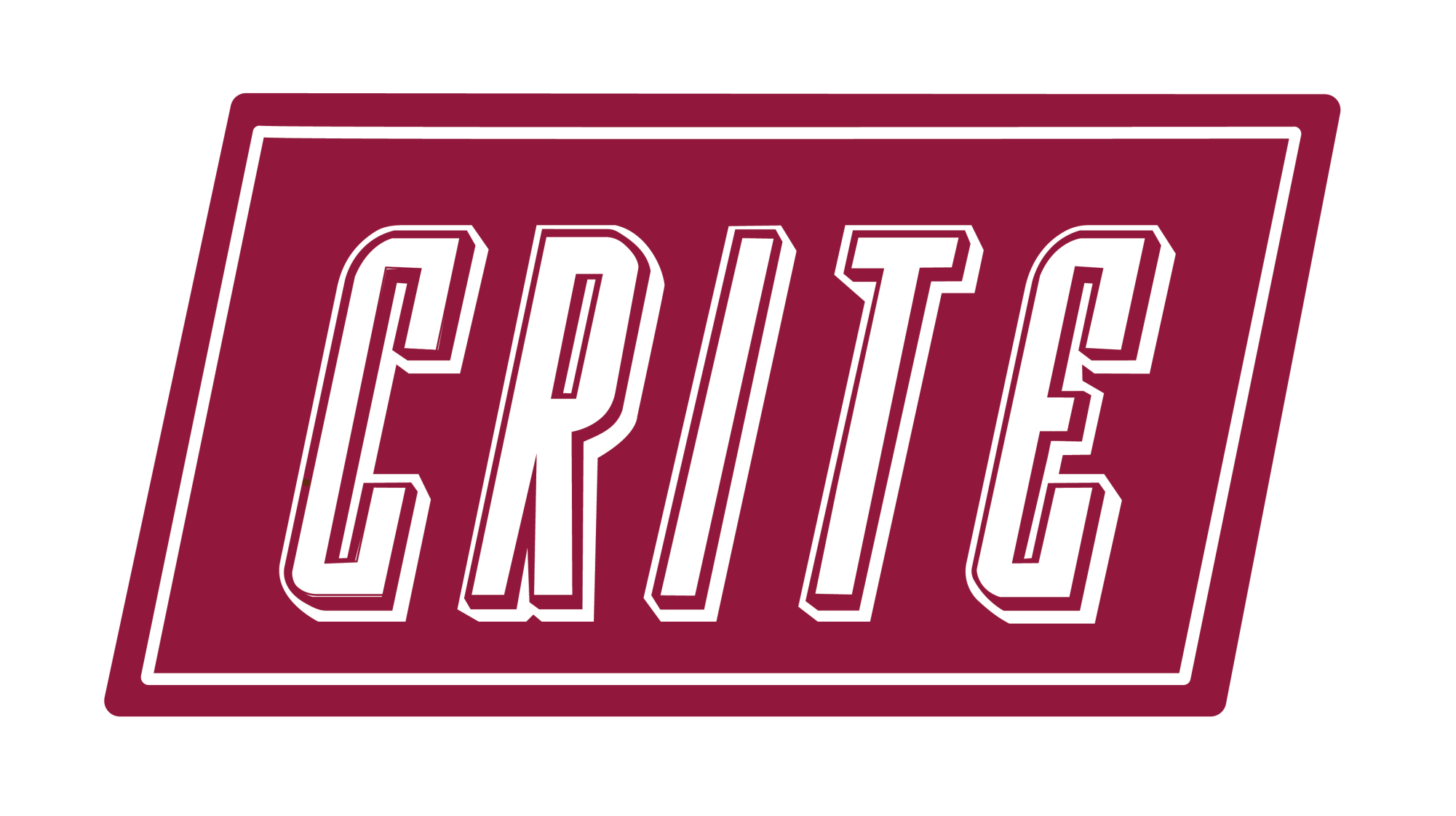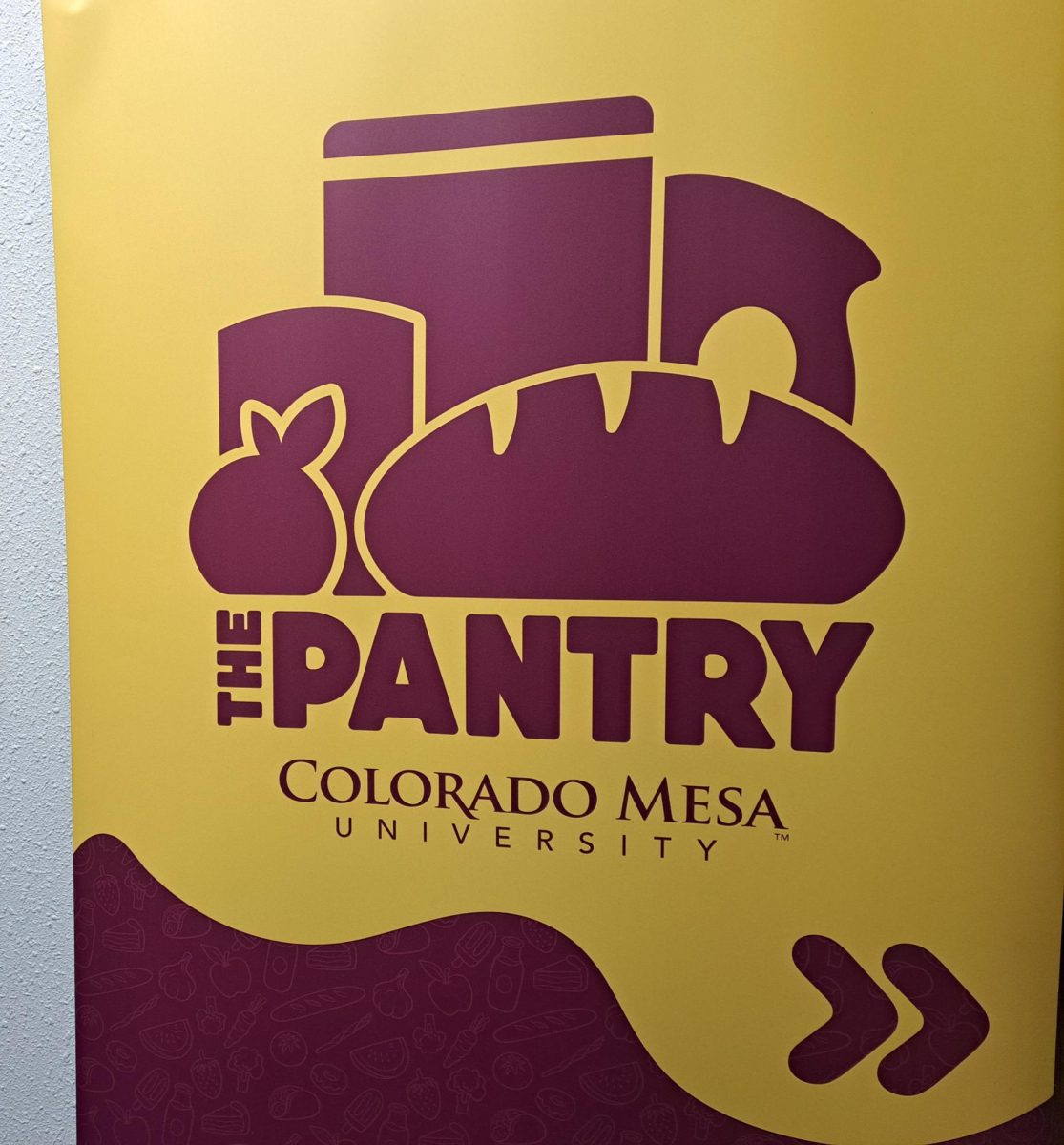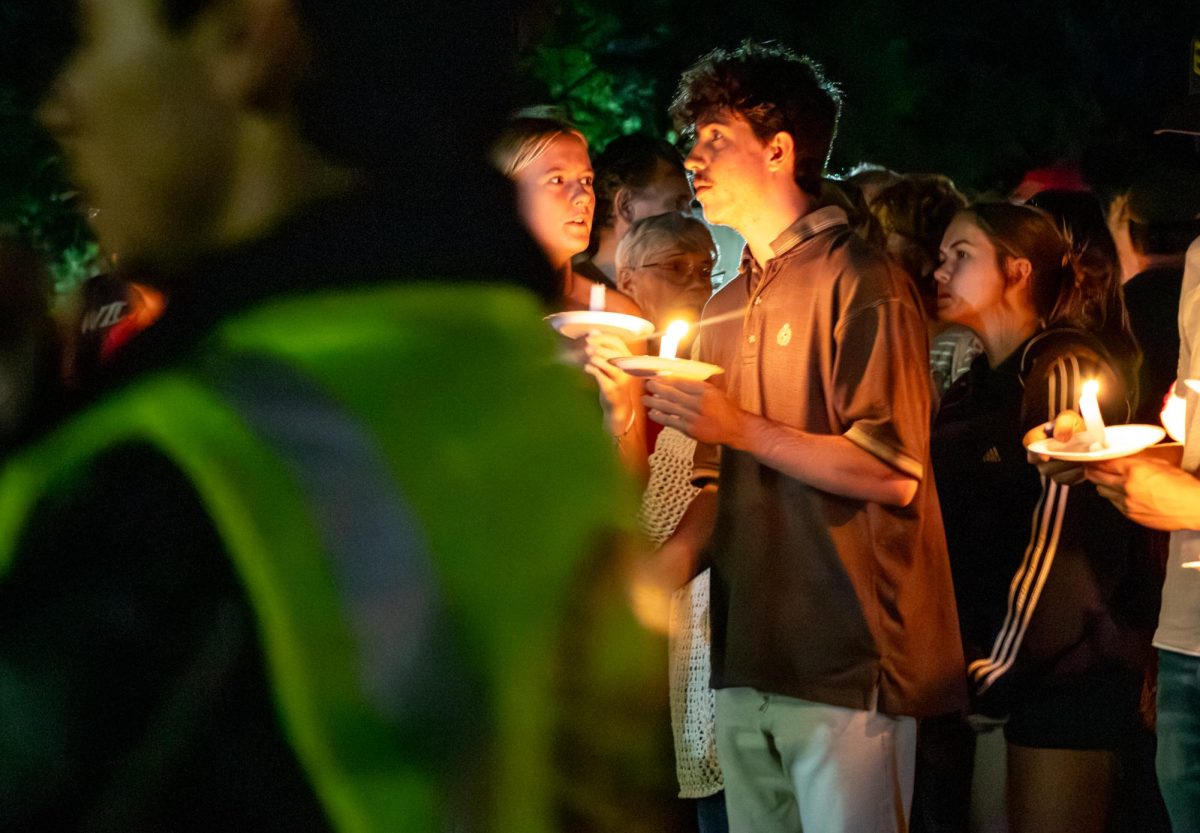Over the fall break, Student Services quietly installed a MAVcard reader for the on-campus food bank known as The Pantry.
Informally established in 2012, The Pantry acts as an on-campus, anonymous resource. The Pantry’s purpose is to combat food scarcity by offering students a space to take whatever and however much they need.
Student Services updates its contents on a weekly basis, as there are many students who frequently use its resources.
According to a study at Washington State University, 41 percent of college students experience food insecurity every year. With the addition of fridges and freezers over the past two years, its capacity for combatting this statistic has only expanded.
At large, Colorado Mesa University (CMU) tackles this issue with its own methods. The university requires all incoming freshmen purchase meal plans. However, this does not extend to the whole student body, cover seasonal breaks or provide an affordable option for every student.
Student Services offers invaluable resources for all students by partnering with organizations, like the Community Food Bank of Grand Junction, across the calendar year. If CMU students are struggling with food scarcity at any time, The Pantry is an easy recommendation.
In 2022, CMU even estimated that The Pantry served between 100 and 175 students per week. Due to previous informal tracking and three years of campus growth, this number has most certainly increased.
Now, when students walk into the first floor of Lowell Heiny Hall, the once open door to The Pantry remains shut. To access CMU’s food bank moving forward, Student Services is asking that students carry their MAVcard and swipe it across the door’s card reader.
At the second Pantry location in Tomlinson Library, these changes are largely absent. It is notable that this location does not contain frozen or non-shelf stable items, such as fresh produce. Rather, it houses various canned and hygiene products.
In light of this change, both students and student employees have many questions. Their inquiries primarily concern the necessity of this new tracking method at the main location. The Pantry’s initial promise of privacy has also bolstered campus curiosity.
“What’s the point of shutting The [Pantry] door? It takes away [from] the purpose of ‘no questions asked,’” asked nursing major Lily McKaig.
The Pantry, aside from its former anonymity, relies on student fees, grants and donations to maintain inventory.
Aside from the Community Food Bank, it partners with the non-profit Kids Aid and food supplier Sodexo for weekly contents. In an effort to stabilize and increase funding, these financial backers now require accurate student usage data.
Student Services deemed the best tracking method to gather said data is MAVCard swipes. The information will prove valuable when writing grants and reporting student usage to third parties interested in supplying additional resources.
With this context mostly obfuscated by Student Services, student reactions have continued to span the emotional spectrum.
“I see why they want to track usage,” commented psychology major Tom Gauweiler. “However, it makes it harder for students to get in there and harder for students in general. I […] understand that students feel compromised in their anonymity. If it helps improve the services […] and [ …] food, then it is more important that MAVcard[s] are swiped.”
Others worry for individuals who may feel uncomfortable with this change. Some fear students may experience negative social impacts and stop using the food bank entirely.
“I think that The Pantry[’s] new policy is utterly ridiculous. It does not offer confidentiality [for] students […] in a position where they need support,” explained psychology major Sierra Thompson. “Really, The Pantry was started to be accessible [for] all students, regardless of standing. Using MAVCard[s] […] to track who is coming in and out […] goes against student privacy.”
Student Services initially brainstormed different methods for tracking usage. These ideas included tracking steps individuals take into The Pantry with motion sensors. However, student employees responsible for stocking the shelves still need to access the space and their routine presence may skew the data.
Students have informally brainstormed other ideas resembling Student Services’ discarded proposals. Most suggestions involve tracking student usage without the MAVcard data. However, these proposals often require that student employees manually track entrance numbers.
“As long as it does not go against the rules of the grants, then we should not have to [use card swipes]. We definitely should not have to close the door down. Maybe a tally sheet could work?” explained social work major Kyra Grandorff. “It still makes people feel like their struggles are shameful, or that the school is against their needs.”
With the recency of this initiative and an informal launch by Student Services, student reactions will only continue to grow as the spring semester continues. Amidst the divisive change, a central theme persists.
“It should be confidential,” explained mechanical engineering major Prince Tucker. “Your needs are your needs, not the CMU records’ needs.”








